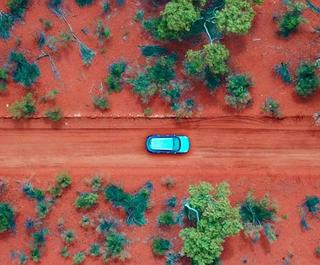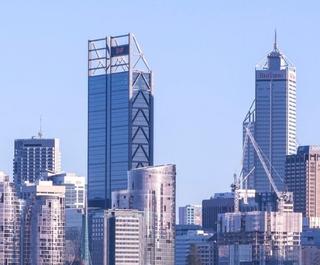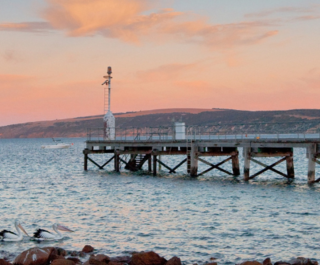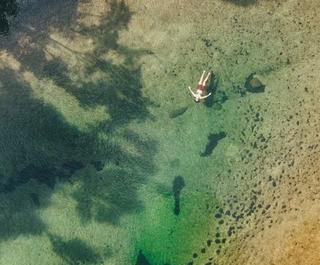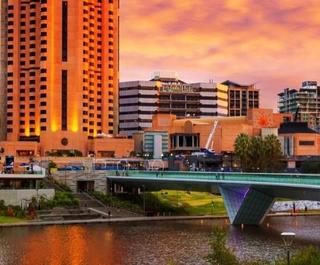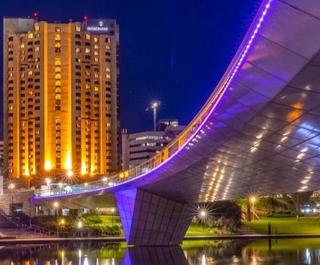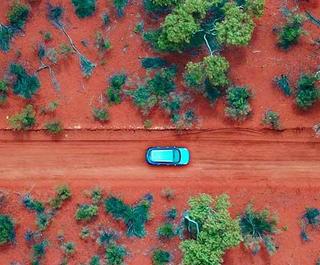
It’s mid-afternoon and I’m sitting at a long bar in a rather lofty restaurant in South Australia's Clare called Seed, chatting to co-owner Candice Leighton over the bar.
I discover while chatting that she and her partner Guy Parkinson moved here very recently from the Hunter Valley in New South Wales.
“Clare has a charm that the Hunter has lost,” Candice tells me. She is the third person I’ve met today on my little tour of Clare Valley who has moved here from the Hunter Valley, similarly disenchanted with Big Wine Business.
 The Kilikanoon winery
The Kilikanoon winery
The Clare Valley is home to an historic wine trail that runs from the little village of Auburn in the south to the township of Clare in the north.
Today my little exploration starts in Watervale at boutique winery Shut The Gate.
Take Your Picnic Picks To The Counter
The cellar door and restaurant here is a converted nursery, so when owners Rana and Richard bought the place, it came with a ready-made landscaped garden. Before moving to Clare, both worked for large corporations, based in the Hunter Valley, Rana for Brown Bros. and Richard for South Corp.
At Shut The Gate, they pick and choose parcels of fruit from all over the valley in collaboration with a selection of vineyards.
 The delight of a goats' milk cheese salad
The delight of a goats' milk cheese salad
“The Valley is quite unique, with various microclimates throughout, and some parts receiving far more rain than others, which means they are able to grow a wide variety of grapes here,” Rana tells me.
The food concept at Shut the Gate is deli/picnic. Pick up a wicker basket, choose from the mouth-watering selection of cured meats, cheese, pate, pickles and freshly baked bread, take it to the counter and they will convert this into a picnic spread to take outside or to the fireplace (depending on the weather).
My next stop is about five minutes up the road, the award-winning Kilikanoon winery. Kilikanoon was established in 1997 and they specialise in Watervale Rieslings, with three on offer at the cellar door tasting.
Winery Steeped In History
Winemaker Barry Kooij is another migrant from the Hunter Valley, moving here to this family-owned and run vineyard a few years ago, happy in a place where he can choose from so many varietals to blend in such a small region. “Blending is about making a better wine or finding a certain style. It’s about balance, and of course, making it more palatable.”
Another five minutes up the road I come to Seven Hills, the oldest winery in the Clare Valley, established by Jesuits from Poland in 1851 who came to Australia to escape religious persecution.
 Historic Seven Hills winery
Historic Seven Hills winery
Fortuitously they brought cuttings with them and established a winery that still flourishes today, with winemaking still largely influenced by the recently retired Brother John May, although they now have their first-ever female winemaker.
The place is steeped in history – in fact the recently canonised Mary MacKillop (now known as St Mary of the Cross) hid out here in the period during which she was ex-communicated by the church. Two of her brothers were studying here at the time.
My last stop on this Clare Valley Trail is Clare itself, and the very funky restaurant and bar, Seed.
I’m served a selection of fresh and pickled radish and beetroot with goats' cheese and an absolutely divine pate with pickled cherries, radish and cornichons, accompanied perfectly by a shiraz chosen by Candice, the Adelina, part of the Young Punks group.
Luckily my lodgings are not far away, and I have a few hours to digest my late lunch before indulging again for dinner at the Clare Valley Country Club’s Conners Restaurant.
It’s a wonderfully easy wine region to find your way around, basically following the Main North Road from Auburn to Clare, and although it seems quite a small region, the diversity in the food and wine offering is impressive.
The history is intriguing, the locals are welcoming – and genuinely love where they live and what they do. No wonder more winemakers and chefs are moving here.


